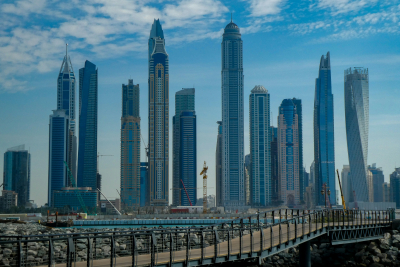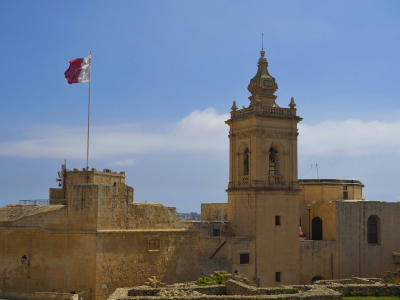When former Ukrainian President Viktor Yanukovych fled the country following the 2014 Maidan revolution, Ukrainian citizens who stormed his Mezhyhirya mansion discovered a palace of cartoonish opulence with guilded bathrooms, a private zoo, and a floating restaurant in the shape of a pirate ship. A good illustration of this extravagance is the $11 million he allegedly paid for a chandelier and his seven tablecloths worth a staggering $13,000.
This private opulence was all paid for with public money. Embezzlement in the Yanukovych era is said to have taken the form of theft, corruption in public procurement, rigged energy prices, and misuse of carbon-emissions allowances.
Yanukovych and his associates, known as ‘the Family’, are believed to have embezzled as much as $37 billion and stashed it in bank accounts and company shares around the world, including in EU countries such as Austria, Latvia, Cyprus, Italy, and the Netherlands.
In 2014 the EU put in place sanctions including visa bans and asset freezes against Yanukovych and his associates. These sanctions played a significant role in supporting the Ukrainian government in its efforts to restore the rule of law and were expected to lead to the successful confiscation and restitution of the stolen assets held in Europe to Ukraine. However, seven years down the line, little has been achieved in terms of asset recovery while the number of individuals subject to sanctions has declined from the 22 individuals sanctioned initially to just eight today.
This points to several shortcomings in the way both sanctions and asset recovery work in the EU.
- EU sanctions policy: The progressive erosion of the list of individuals subject to sanctions is mainly due to inherent weaknesses of the regime, including its legal basis, which has been successfully challenged in court. The initial sanctions list was based solely on evidence provided by Ukrainian authorities, which the CJEU ruled was an insufficient basis for action by the Council and needed to be independently verified.
- EU asset recovery policy: in most EU countries, asset recovery systems are based on the ability to secure prior conviction of the owner of the illegally acquired assets in the country where the crimes took place. In the case of transnational corruption, this often means relying on judicial proceedings in third countries. However, it is unrealistic to expect a country in transition like Ukraine, with weak institutions and a corrupt judiciary, to effectively prosecute former corrupt high officials. This is partly why the decision to impose sanctions on Ukrainian kleptocrats at EU level has not been followed by asset confiscation proceedings at national level. And in the absence of decisions to seize the assets, the latter remain the “property“ of the corrupt individuals. The indefinite extension of the asset freezes raises the issue of the respect of their fundamental rights which makes sanctions even more vulnerable to court challenges.
There are legal ways to facilitate confiscation without having to wait for the conclusion of criminal proceedings in the country where the original offence was committed. Several countries have already introduced so-called non-conviction-based confiscation instruments to confiscate the assets if they can be proven to be of illicit origin. This can be done without having to secure a prior conviction of the individual in the country where the crime was committed.
To make sanctions against kleptocrats more effective, the EU needs to be more proactive when it comes to investigating and tackling money laundering of foreign origin within its jurisdiction. It should adopt the kind of non-conviction-based confiscation measures that have already proven effective elsewhere.1 The revision of the EU asset recovery policy framework that is expected to be presented at the end of 2021 would offer a perfect opportunity to introduce this kind of instrument, including proper safeguards for the respect of fundamental rights.
The Yanukovych ‘Family’ case also demonstrates the need for reform of EU sanctions policy, in order to make it more legally robust, less dependent on judicial proceedings in third countries, and less vulnerable to short-term foreign policy considerations. The adoption of a global anti-corruption sanctions regime to replace country-specific sanctions could be part of the solution.
The EU recently missed a golden opportunity when it decided not to include corruption in the scope of the EU’s “global Magnitsky Act“ human rights sanctions regime. The EU should fix this by updating the current regime or by adopting a separate regime to cover corruption.
There should also be greater policy coherence and coordination between EU sanctions and asset recovery policies to avoid situations like those in Ukraine and the Arab Spring countries, where, a decade after the introduction of misappropriation regimes, very little has been achieved in terms of asset confiscation and return.



